-
PDF
- Split View
-
Views
-
Cite
Cite
Content Snapshots, Annals of Botany, Volume 127, Issue 3, 16 February 2021, Pages i–ii, https://doi.org/10.1093/aob/mcab006
Close - Share Icon Share
Two decades of research with the GreenLab model (Research in Context)
Annals of Botany 127: 281–295, 2021
doi: 10.1093/aob/mcaa172
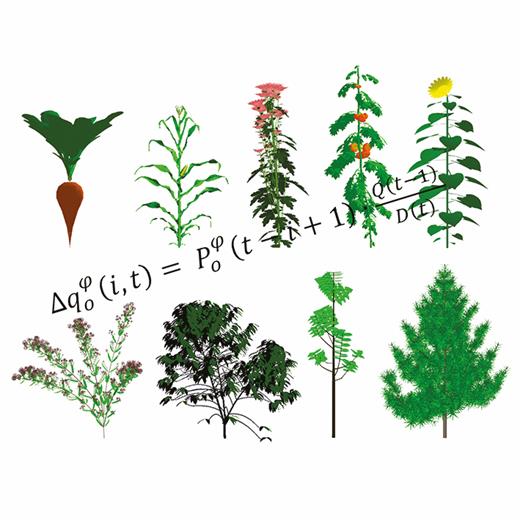
This review retraces the history of the GreenLab functional structural plant model and its current status, highlighting three aspects: (i) What are the main features of the GreenLab model? (ii) How can the model be a guide for defining relevant measurement strategies and experimental protocols? and (iii) What kind of applications can such a model address? This question is answered using case studies as illustrations and through the discussion. Results obtained over two decades show the GreenLab model to be an efficient synthesis between the structural models and the crop models, allowing for passage from plant individual level to crop scale.
Authors: Philippe de Reffye, Baogang Hu, Mengzhen Kang, Véronique Letort, and Marc Jaeger
The disarticulation pattern of Aegilops longissima results from the co-expression of Btr1 and Btr2
Annals of Botany 127: 297–304, 2021
doi: 10.1093/aob/mcaa147
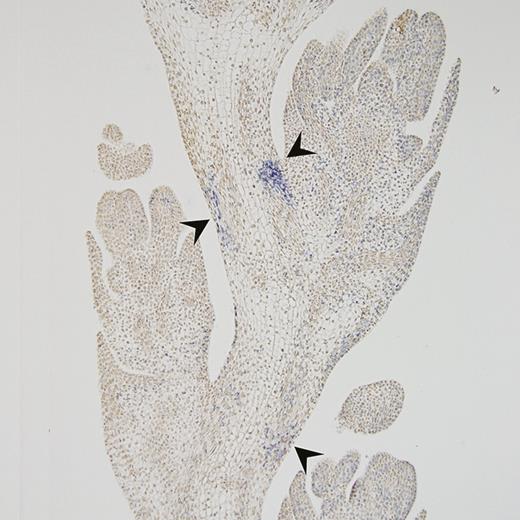
In Triticeae, the formation of a disarticulation layer above the rachis node requires the co-transcription of Btr1 and Btr2. In Aegilops longissima (Poaceae), only one or two of the nodes in the central portion of its rachis are brittle. Zeng et al. find that the intensity of Btr1 transcription varies from high at the rachis base to low at its apex, while that of Btr2 is limited to the nodes in the central to the distal portion of the rachis. The results suggest that the disarticulation pattern shown by Ae. longissima results from the limitation of Btr1 and Btr2 co-expression to nodes lying in the centre of the rachis.
Authors: Xiaoxue Zeng, Gang Chen, Lei Wang, Akemi Tagiri, Shinji Kikuchi, Hidenori Sassa, and Takao Komatsuda
For a commentary on this article, see this issue, pp. vi–vii.
Fossil Cunoniaceae from the Palaeocene of Patagonia
Annals of Botany 127: 305–315, 2021
doi: 10.1093/aob/mcaa154
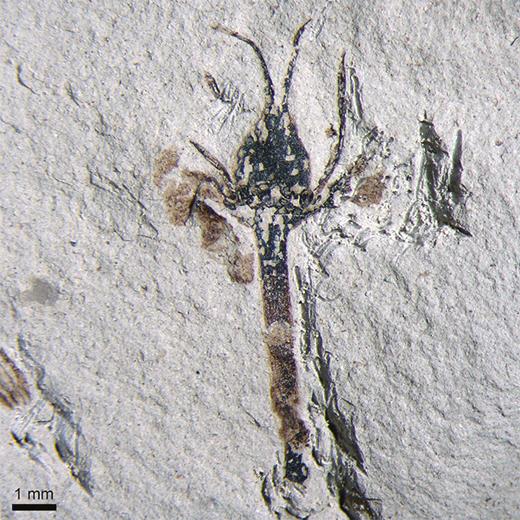
Plant fossils from the early Palaeocene are preserved in the Salamanca Formation, Chubut Province, Argentina. Among the remains, there are well-preserved reproductive structures. Here, Jud and Gandolfo describe the new species Cunoniatha bicarpellata based on fossil flowers with characters that are derived in Cunoniaceae. This is the second extinct species of Cunoniaceae from the Salamanca Formation. The co-occurrence of two species of Cunoniaceae in Patagonia ~64 million years ago reveals that the diversification of the crown-group was underway by that time and the ancestors of the tribes of Cunoniaceae probably survived the end-Cretaceous mass extinction at southern high latitudes.
Authors: Nathan Jud and Maria Gandolfo
For a Commentary on this article, see this issue, pp. iii–v.
Modelling of cold hardiness by imitating past temperature memory
Annals of Botany 127: 317–326, 2021
doi: 10.1093/aob/mcaa197
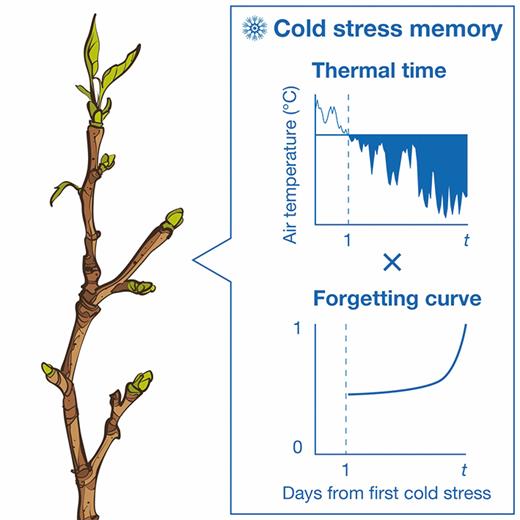
Perennial plants memorize cold stress for a certain period and retrieve the memories, thereby leading to seasonal changes in cold hardiness. Kimura et al. formulate the past temperature memory for plants using thermal time weighted by a forgetting function, and thereby developed a model of cold hardiness in tea buds [Camellia sinensis (L.) O. Kuntze (Theaceae)]. The model successfully captures the observed variations in cold hardiness over the course of the past 10 years. The optimized forgetting function indicates that the tea buds memorize both short-term (recent days) and long-term (previous months) temperatures.
Authors: Kensuke Kimura, Daisuke Yasutake, Takahiro Oki, Koichiro Yoshida, and Masaharu Kitano
Plant invasion causes homogenization of soil fungal pathogens
Annals of Botany 127: 327–336, 2021
doi: 10.1093/aob/mcaa191
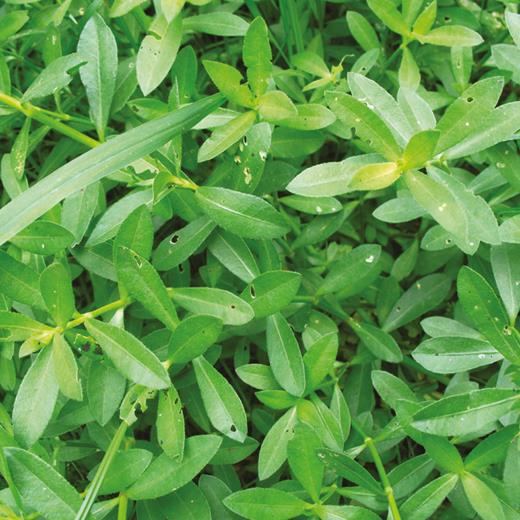
Plant invasions can promote uniform soil biotic communities that displace diverse, spatially variable communities; however, the underlying reasons remain unclear. By conducting a plant–soil feedback experiment, Lu et al. find that rhizospheres of the invasive plant Alternanthera philoxeroides (Amaranthaceae) develop more similar assemblages of fungal pathogens among experimental pots than its native congener when planted at high densities. They also find that biota in soils conditioned by both plants negatively affects subsequent native and invasive plants that are associated with the relative abundance of differing pathogen taxa in a plant species-specific manner.
Authors: Meiling Wang, Xuefei Tang, Xiaoqiu Sun, Bingbing Jia, Hao Xu, Suai Jiang, Evan Siemann, and Xinmin Lu
Rewetting of an alnus forest changes patterns of root traits
Annals of Botany 127: 337–346, 2021
doi: 10.1093/aob/mcaa195
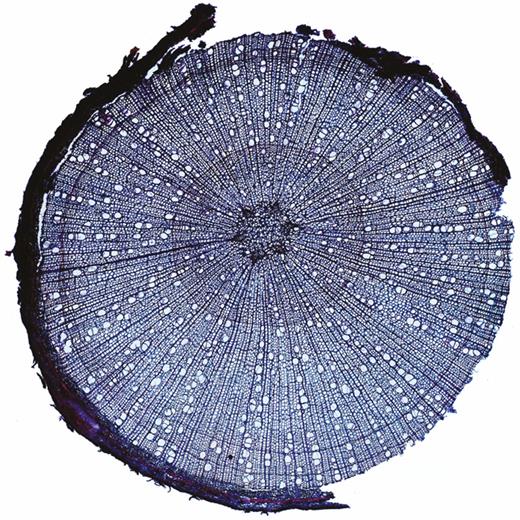
Roots are particularly important for the formation of peat, the most important carbon store. Schwieger et al. observe size-dependent opposite patterns between root biomass and their functional characteristics in Alnus glutinosa (Betulaceae) under contrasting water regimes, highlighting the differences between fine and coarse roots in their response to environmental changes. Root biomass is more than double in a rewetted compared to a drained forest peatland; a difference mostly driven by fine roots <1 mm accounting for 51% of the total root biomass. Higher root biomass in the rewetted site indicates larger tree carbon stocks belowground under rewetting, supporting the ecosystems carbon sink function.
Authors: Sarah Schwieger, Gesche Blume-Werry, Felix Ciesiolka, and Alba Anadon-Rosell
Soil to canopy transition of the aroid vine Rhodospatha oblongata induces root morphophysiology to change
Annals of Botany 127: 347–360, 2021
doi: 10.1093/aob/mcaa182
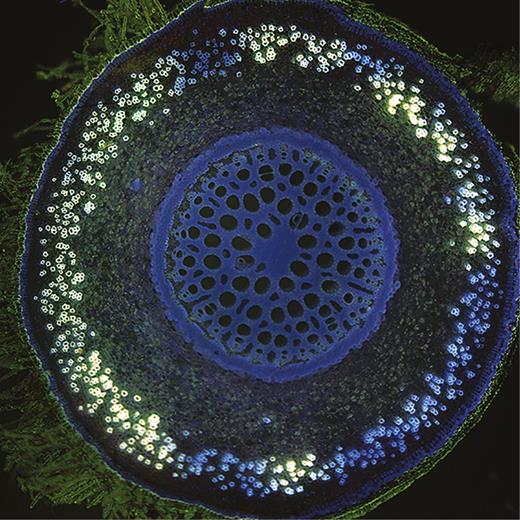
Aroid vines originate terrestrially in the humid forest understorey, ascending vertically – after finding a host – towards exposed and desiccant canopy conditions. Aerial roots connect the stem and leaves of aroid vines produced at canopy level with water and nutrients obtained from the forest soil. While stem and leaf morphophysiology has been evaluated for aroid vines during this habitat transition, no such analysis has been performed on roots. Filartiga et al. show that the external morphology, anatomy, water balance and photochemical activity change for the aerial roots of Rhodospatha oblongata (Araceae) in an adaptive manner during soil to canopy transition. These results help to explain the strategies of aroid vines survival in forest canopy.
Authors: Arinawa L. Filartiga, Dulce G. Mantuano, Ricardo C. Vieira, Karen L. G. De Toni, Gustavo M. Vasques, and André Mantovani
Seed traits and germination patterns as predictors of species coexistence
Annals of Botany 127: 361–370, 2021
doi: 10.1093/aob/mcaa186
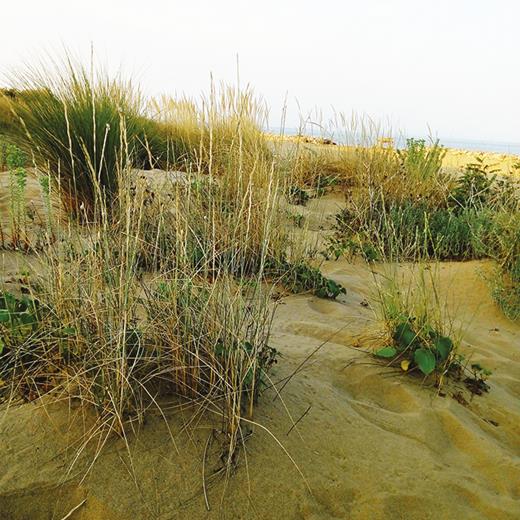
Species coexistence is usually explored in terms of adult species traits, while the role of traits related to the early stages of a plant’s life cycle is often neglected. Del Vecchio et al. analyse a foredune plant community from a functional seed traits perspective to investigate how seed germination contributes to the structure of the plant community. They find that coexisting species differentiate their niches during germination, thereby creating different opportunities for seedling establishment. Any change in germination patterns, due to, e.g., a changing environmental scenario, may affect the structure of plant communities and impact upon their functions.
Authors: Silvia Del Vecchio, Efisio Mattana, Tiziana Ulian, and Gabriella Buffa
Glucan synthesis regulation by light
Annals of Botany 127: 371–380, 2021
doi: 10.1093/aob/mcaa185
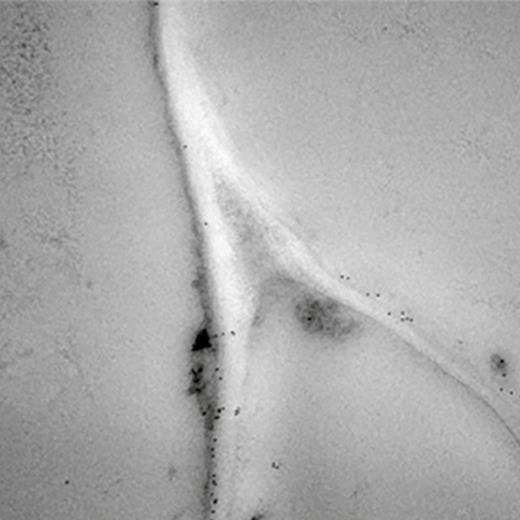
The health claims surrounding oat (Avena sativa L. (Poaceae)) have been attributed to the high content of (1,3;1,4)-β-d-glucan, but little is known about the genes involved in the synthesis of these polysaccharides in oat. Zhang et al. define β-glucan synthase genes in oat, including the cellulose synthase-like F, H, and J gene families. Promoter activity, RT-qPCR, and western blot analyses show that expression of the dominant β-glucan synthase AsCslF6 is regulated by light. Immunoelectron microscopy and enzymatic assay confirm that light is beneficial for the accumulation of β-glucan.
Authors: Jing Zhang, Lin Yan, Minxuan Liu, Ganggang Guo, and Bing Wu
Seedlings only establish under their mother plant if it is killed by fire but are bansished from home if mum survives
Annals of Botany 127: 381–395, 2021
doi: 10.1093/aob/mcaa180
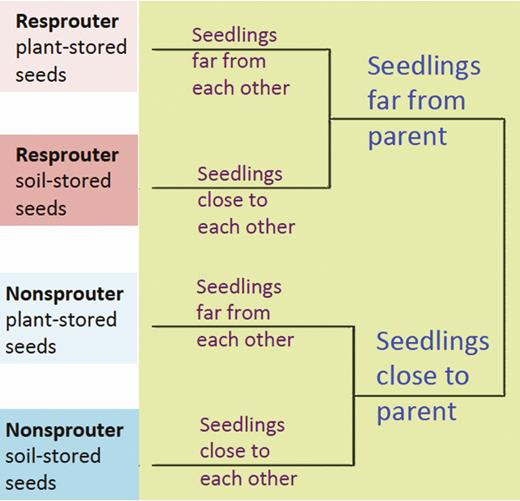
Ecologists have long tried to explain the abundance of evergreen shrubs and herbs in the fireprone shrublands of southwestern Australia – they can average 15 species per square metre. Research has shown that invariably the closest species to another belongs to a different genus. The exceptions are species killed by fire that tend to cluster. Lamont and Witkowski examine what happens to seeds released after fire compared with those released before fire, in relation to their parents that either survive or are killed by fire. They find that seedlings tend to establish at the location where the parent was if it did not survive the fire while the closest seedlings are on average four times further away if the parent survives. Seedlings from seeds released before fire are even closer to their dead parents than those released after the fire. The concept of ‘persistence niche’ should now be extended to the successive generations of species killed by fire that remain in much the same location.
Authors: Byron Lamont and Ed Witkowski



